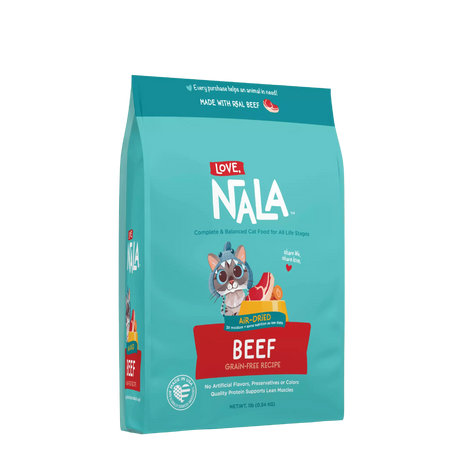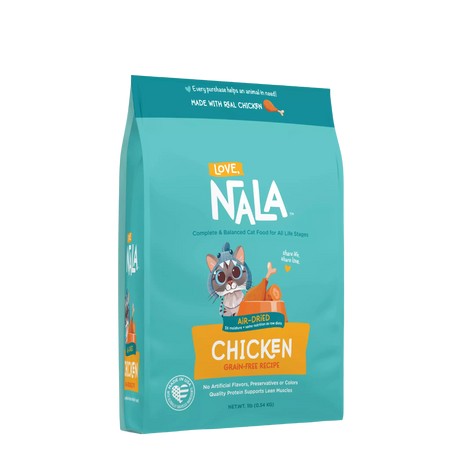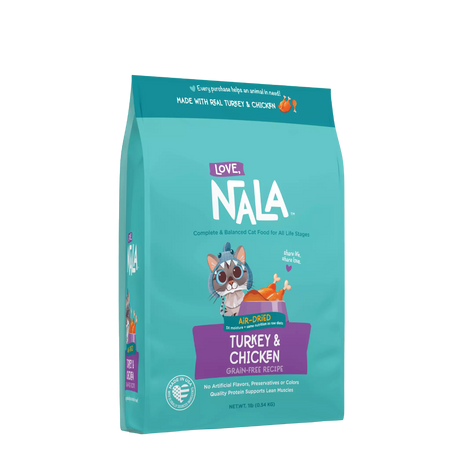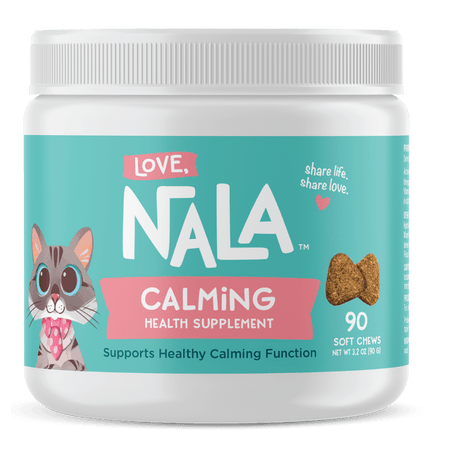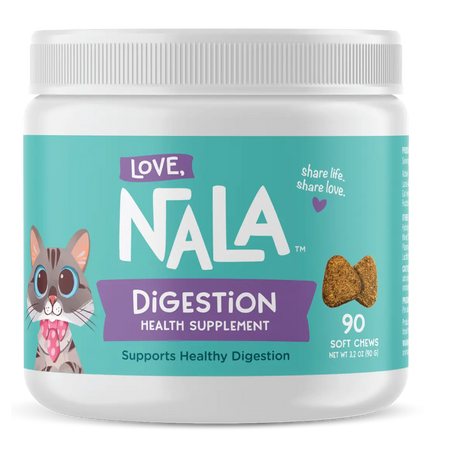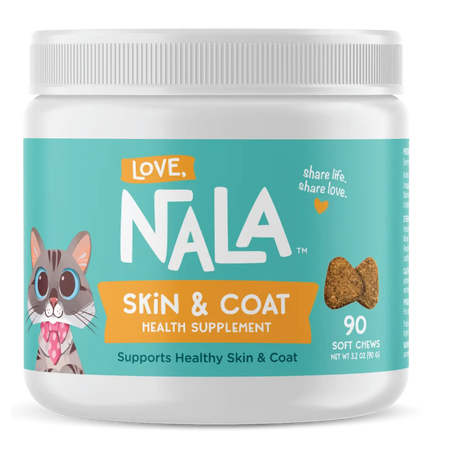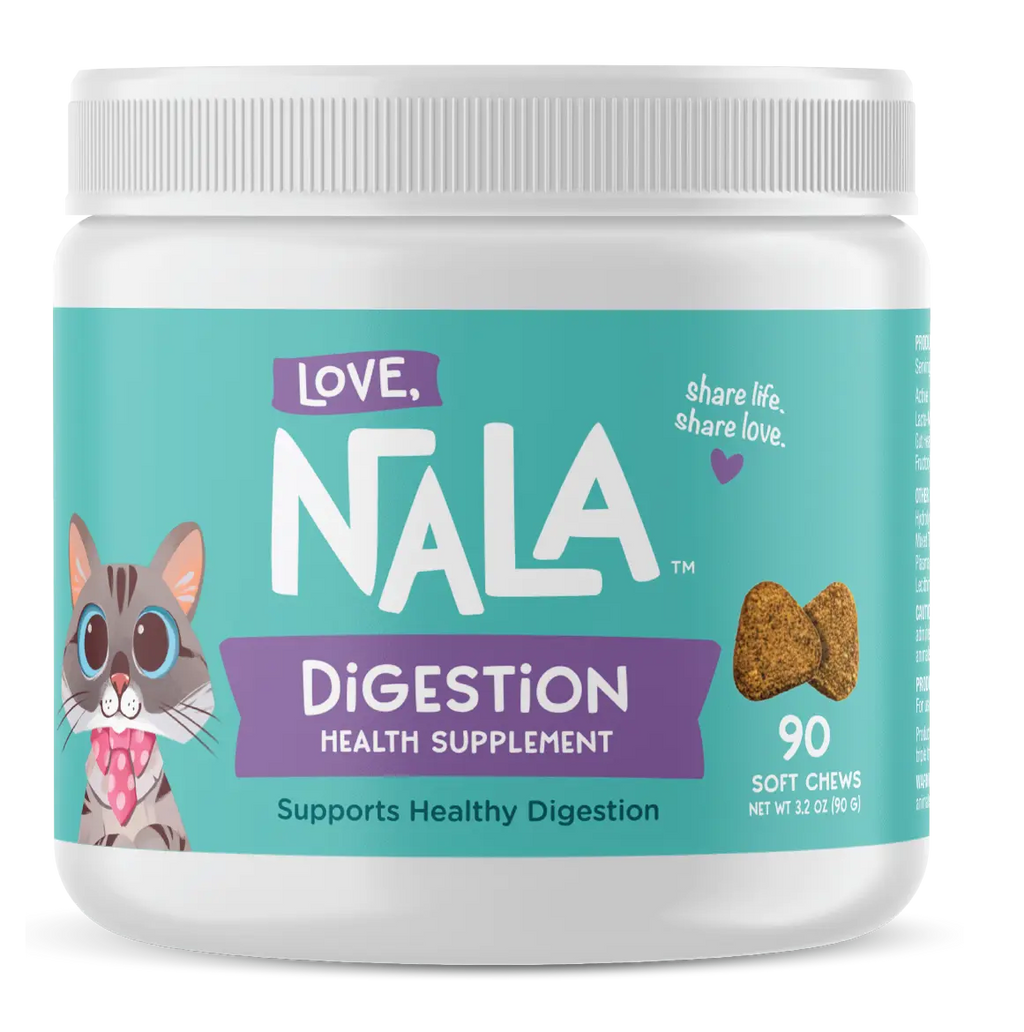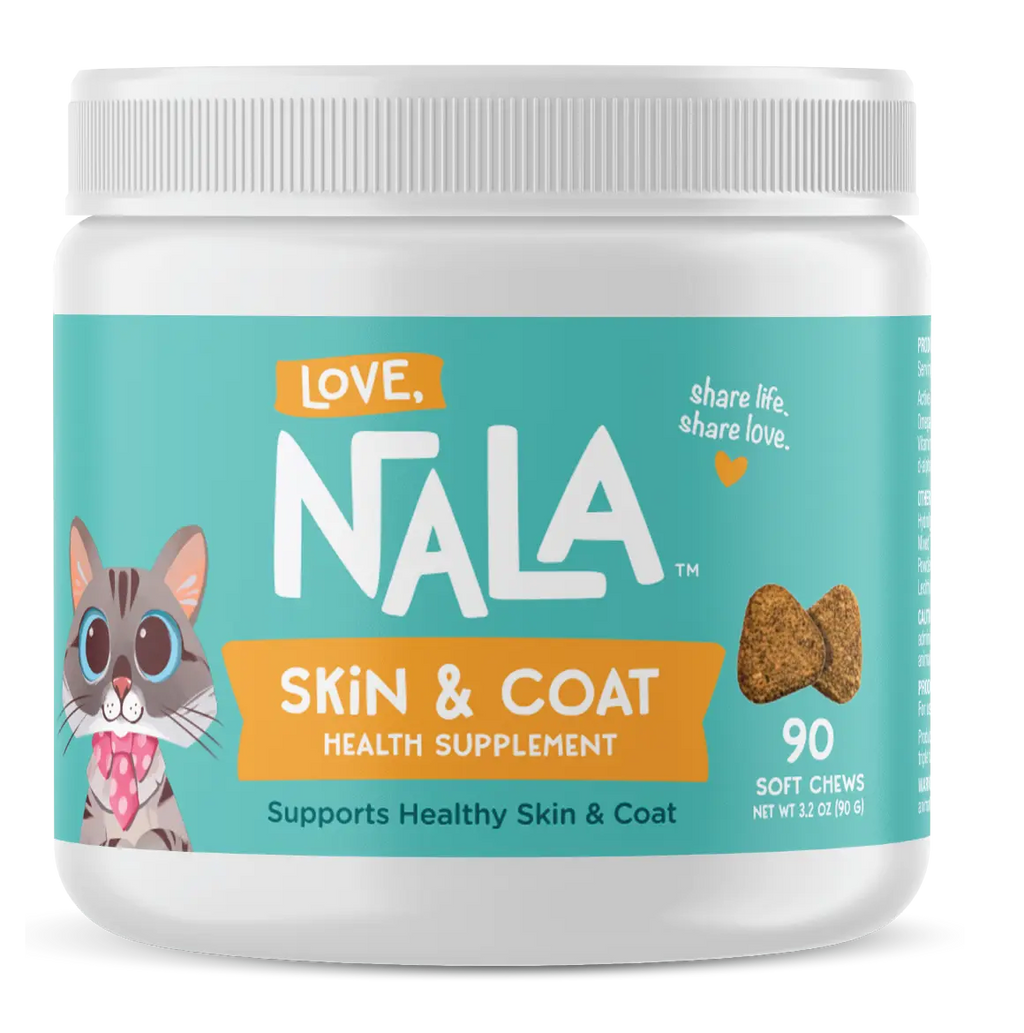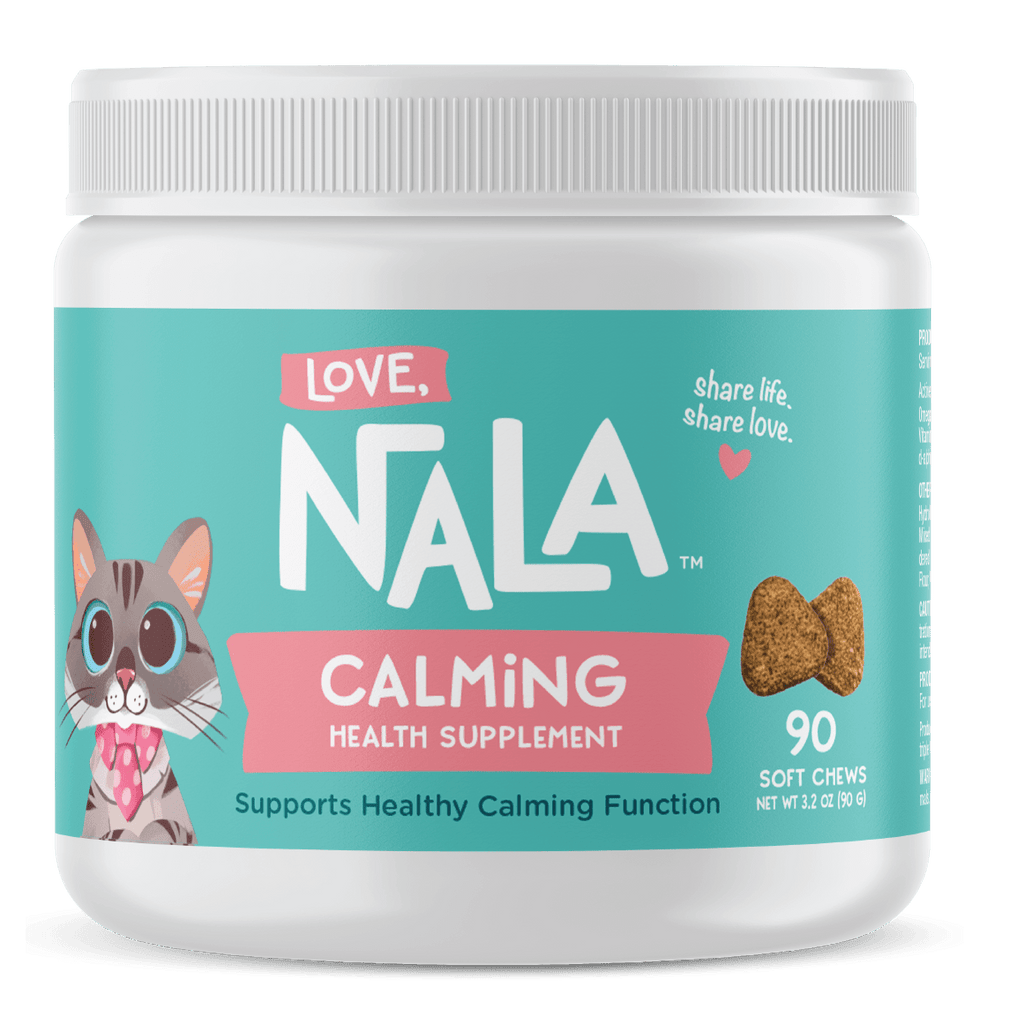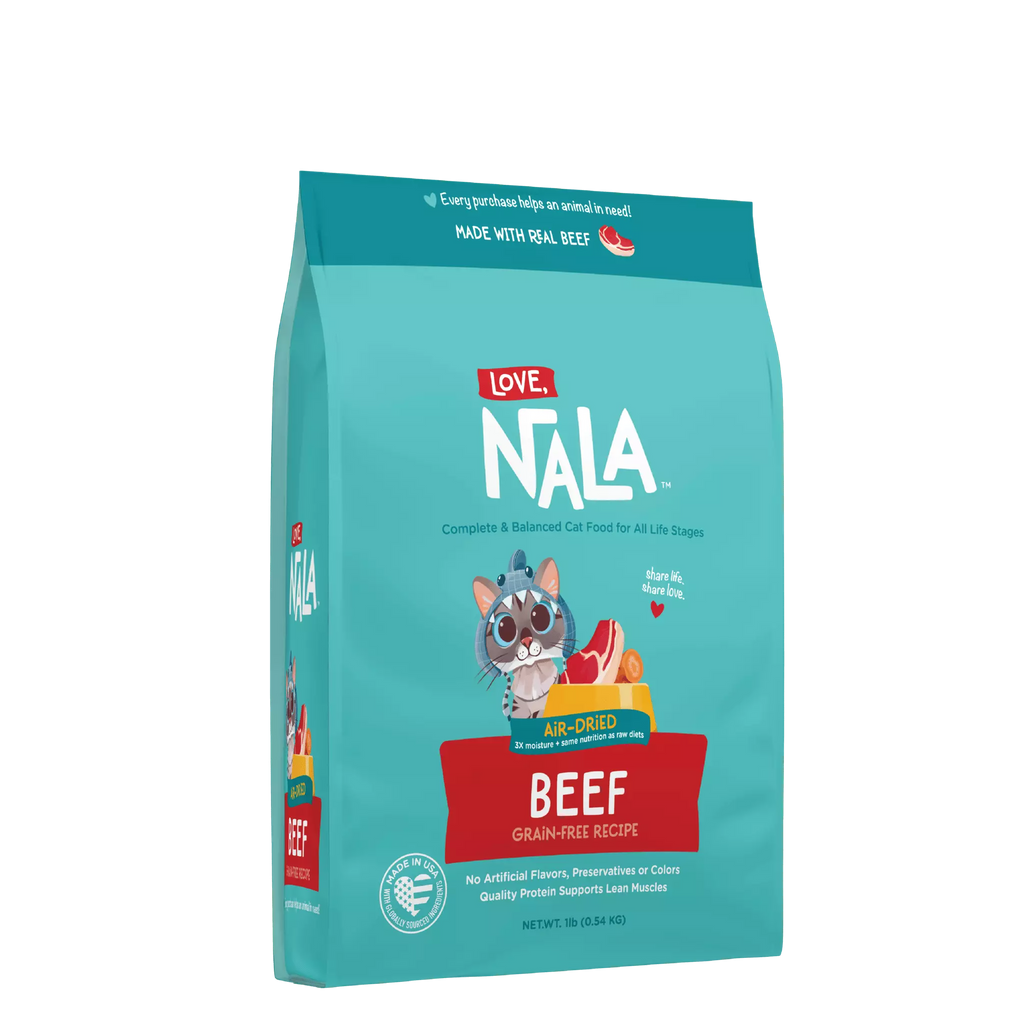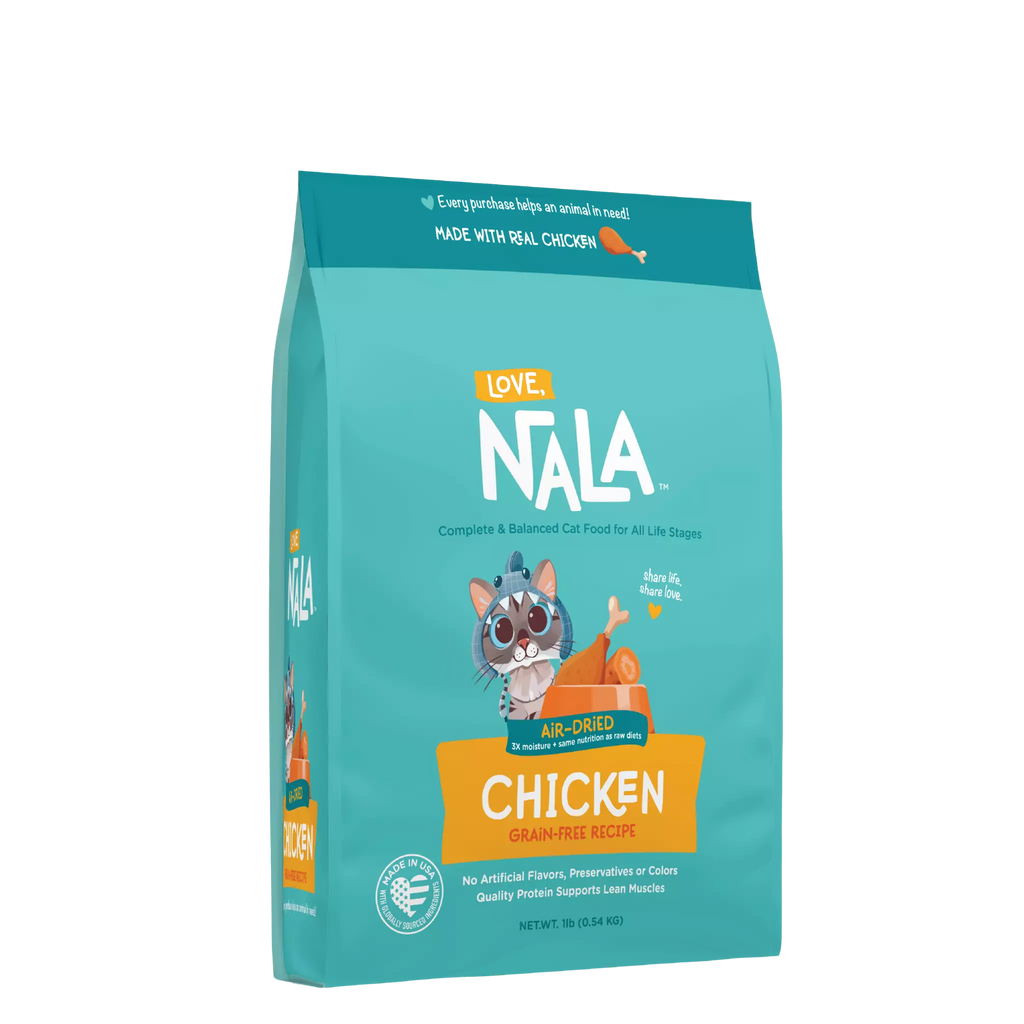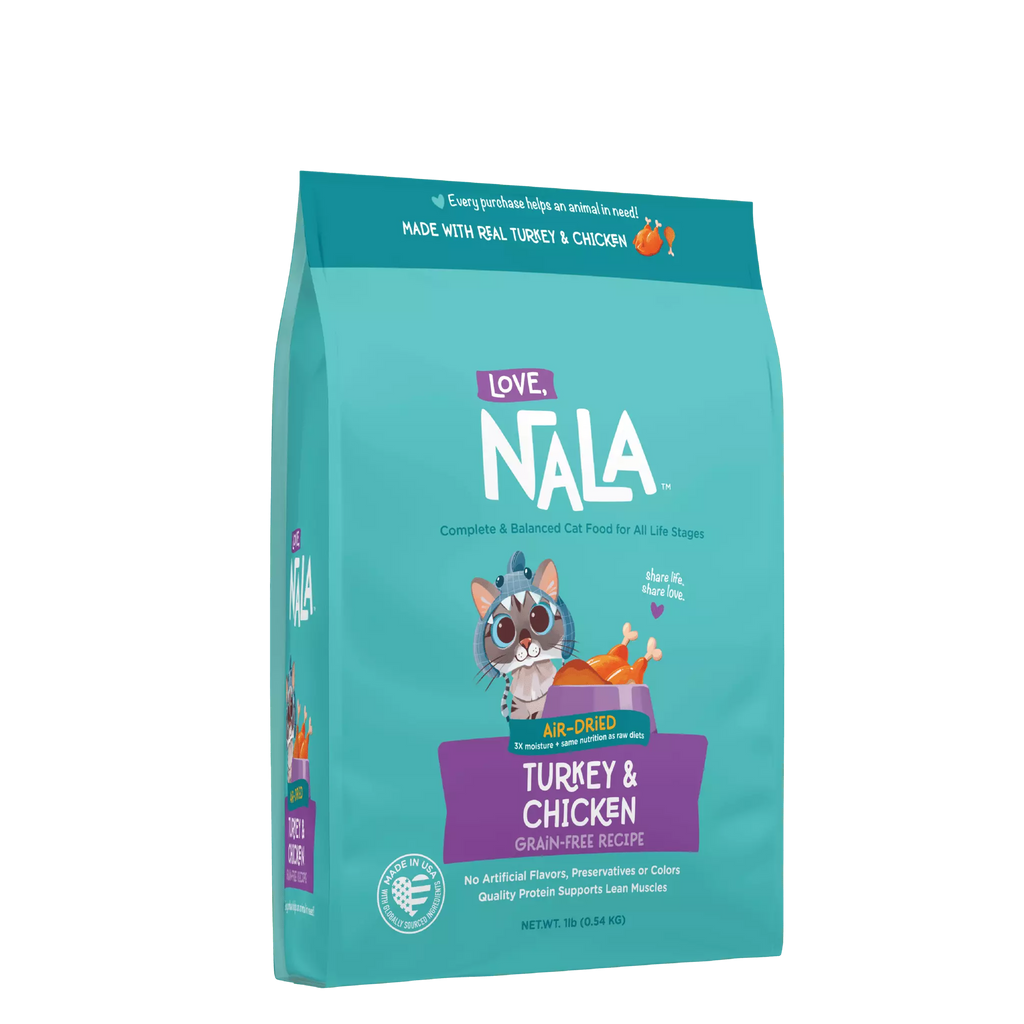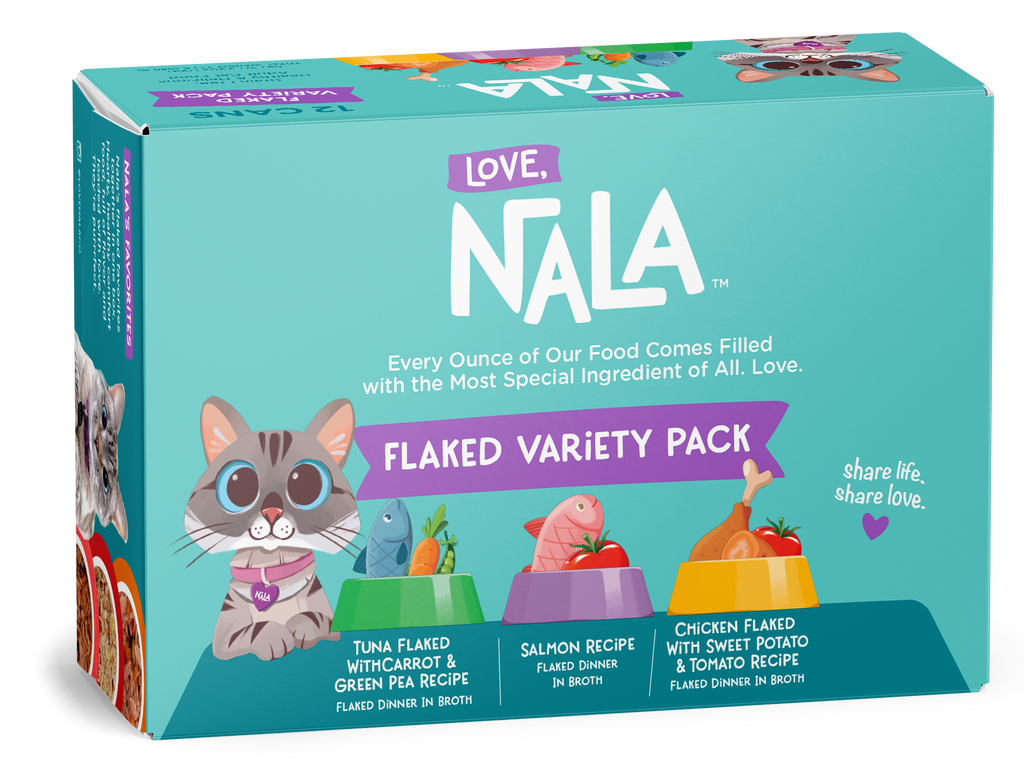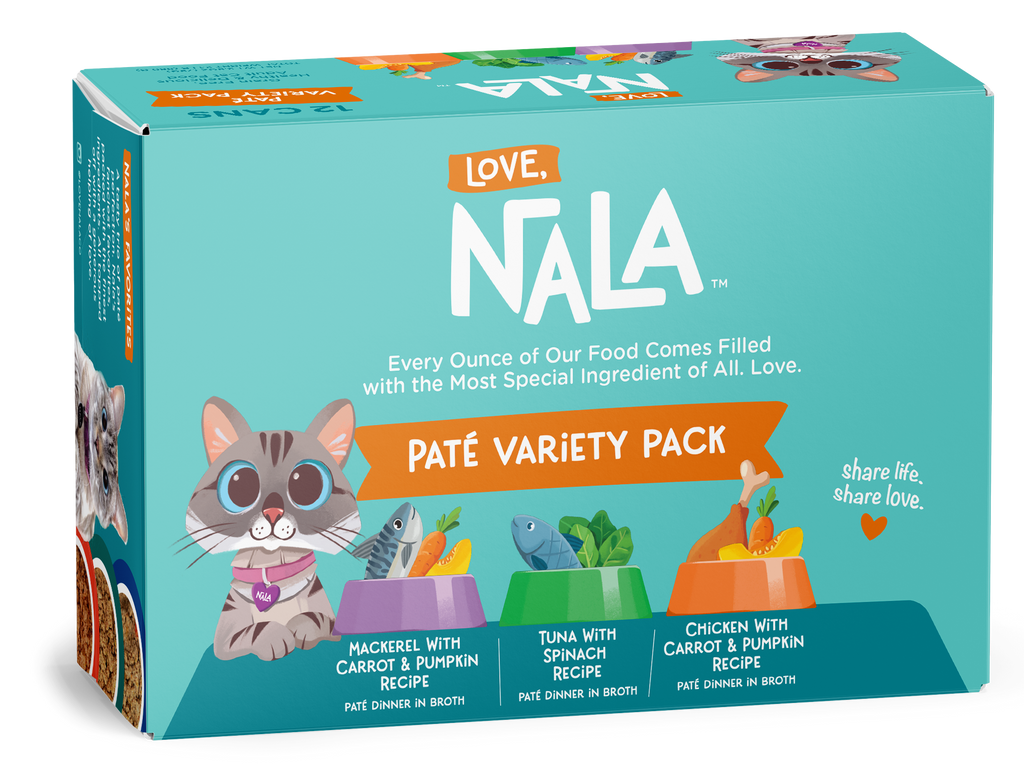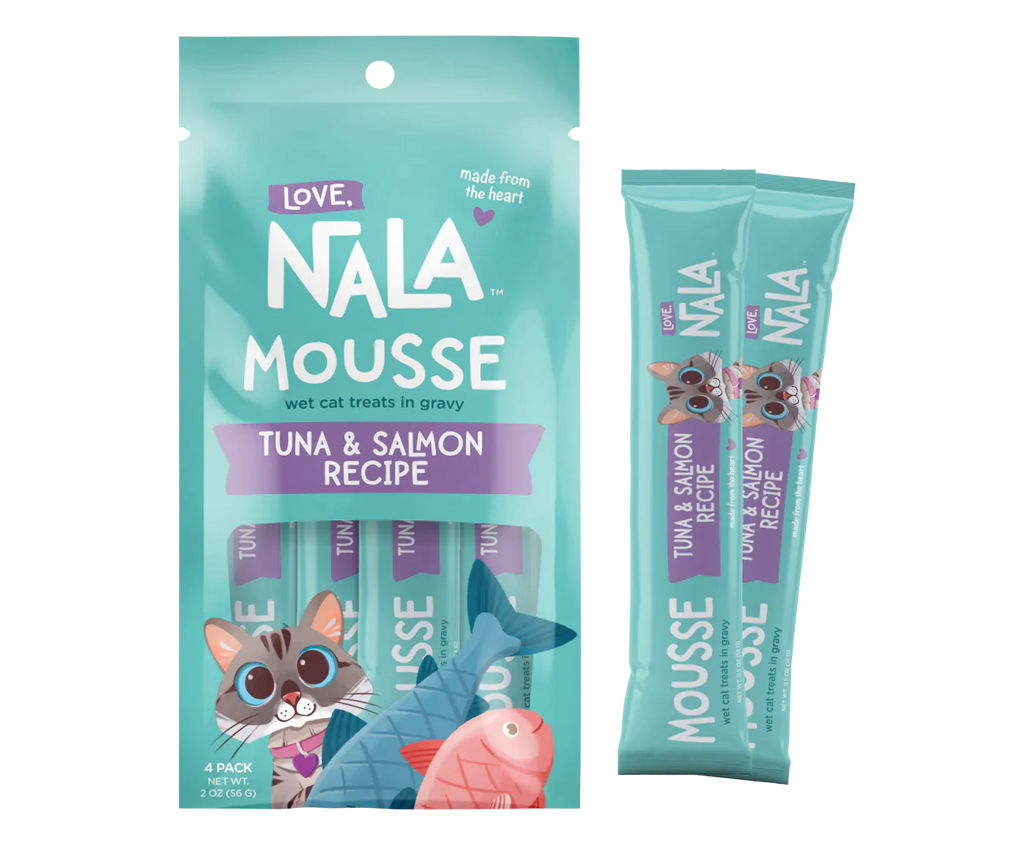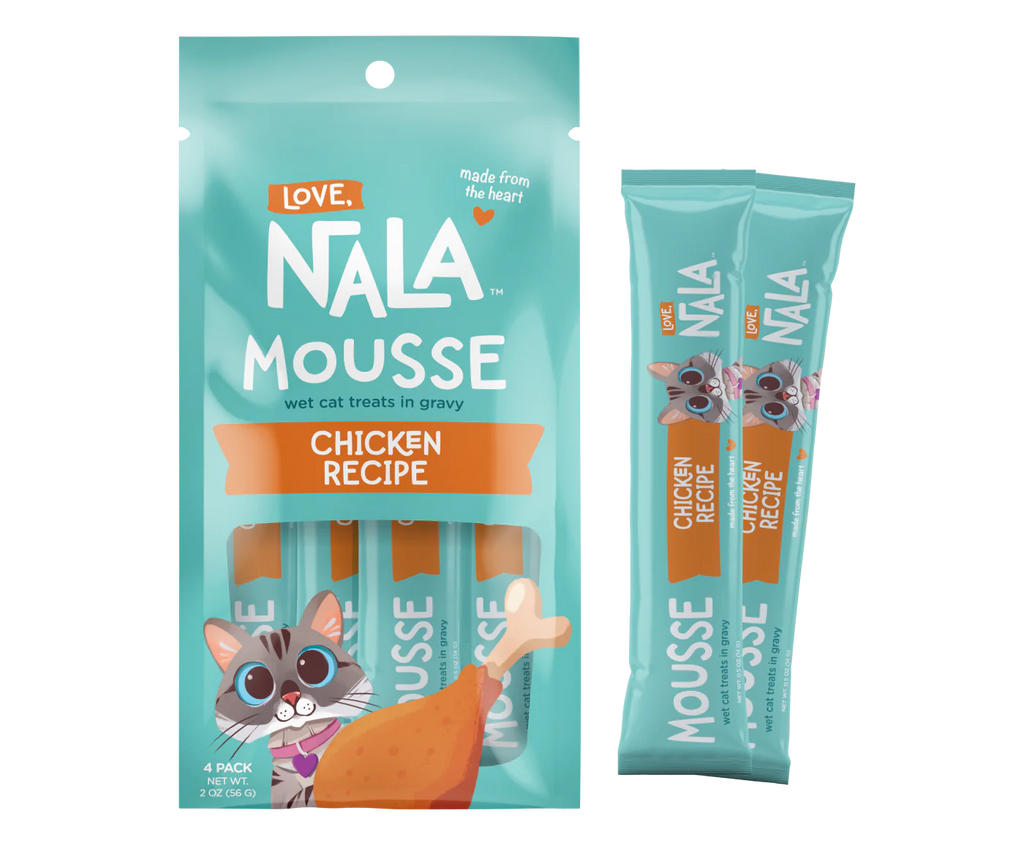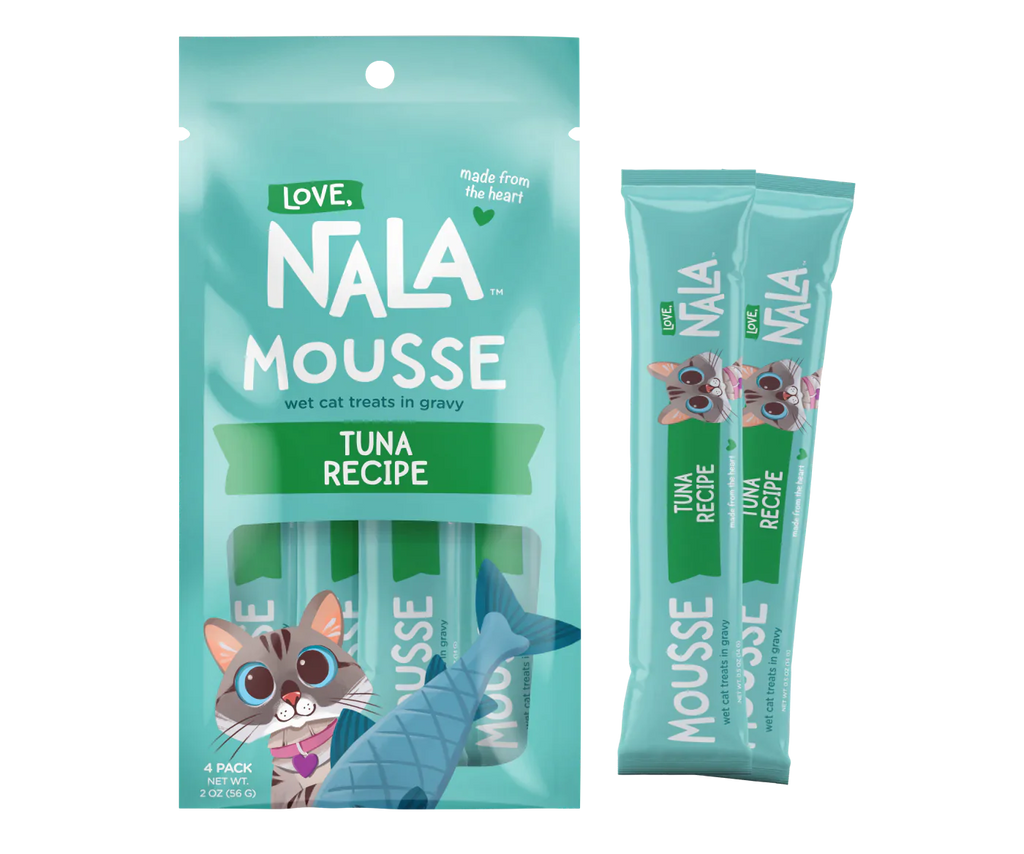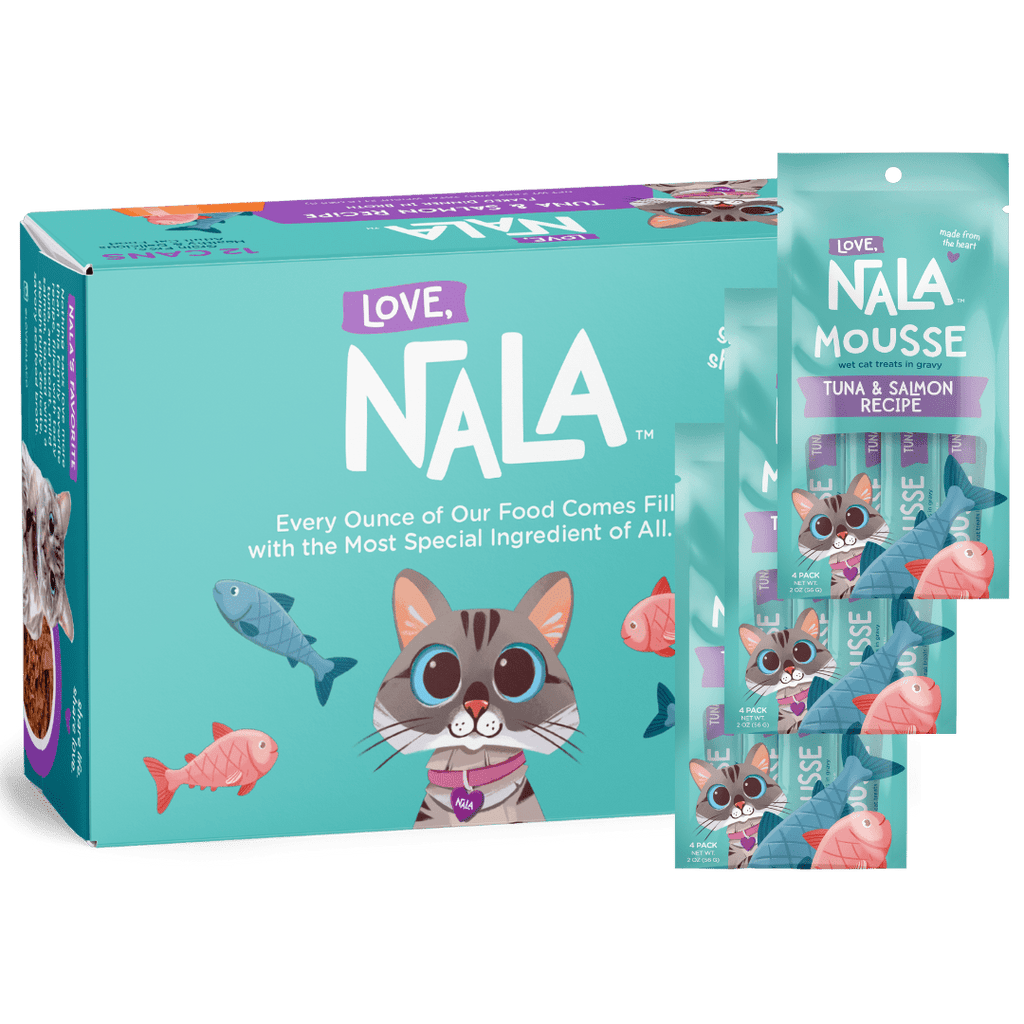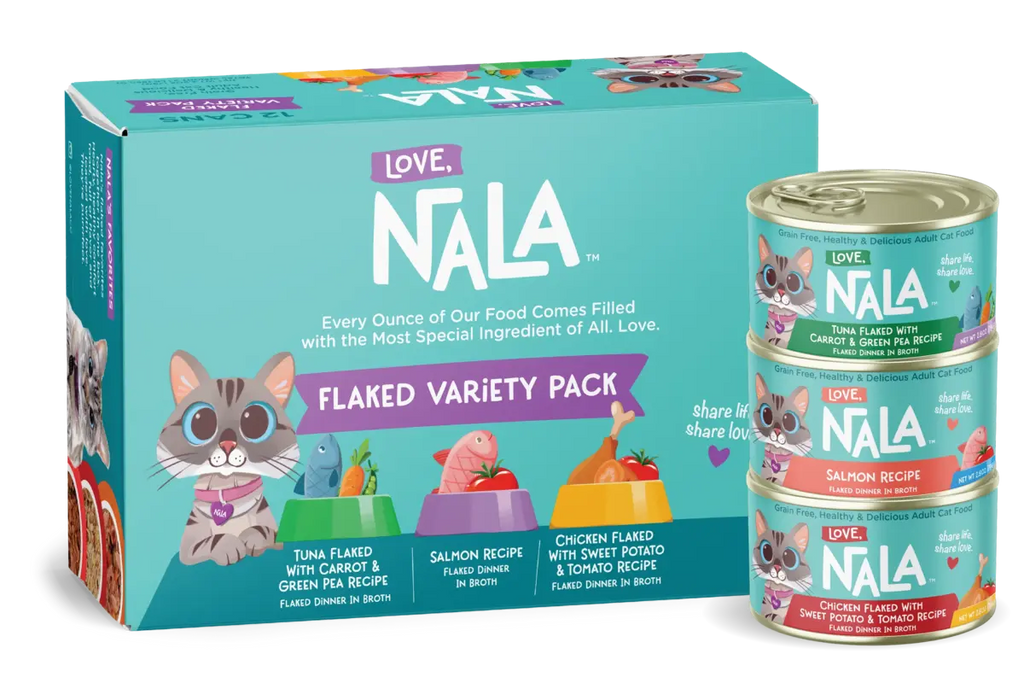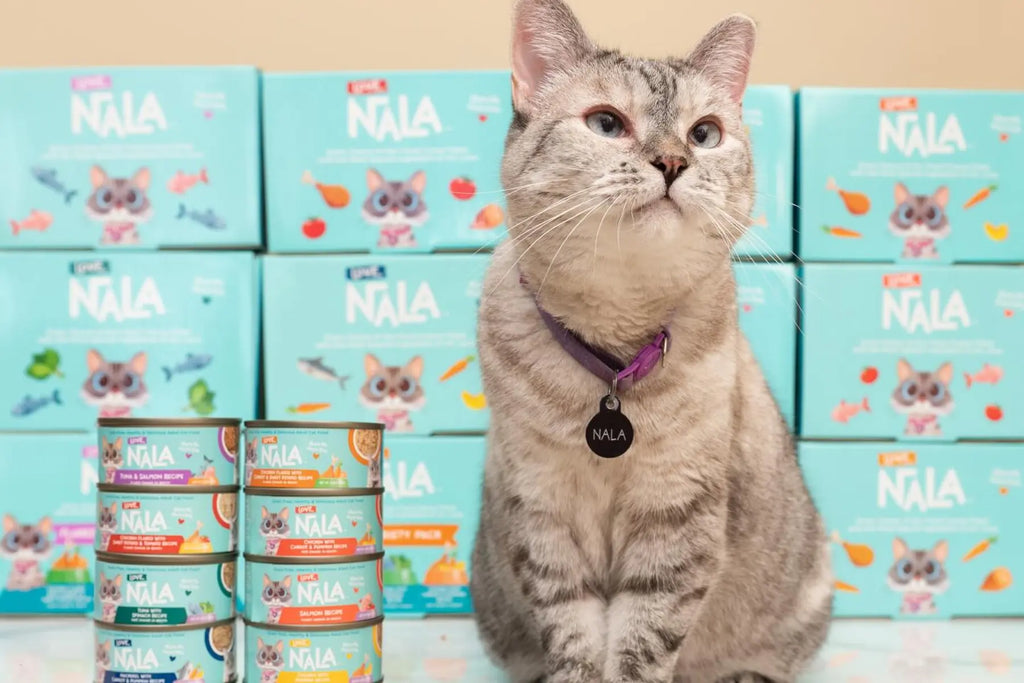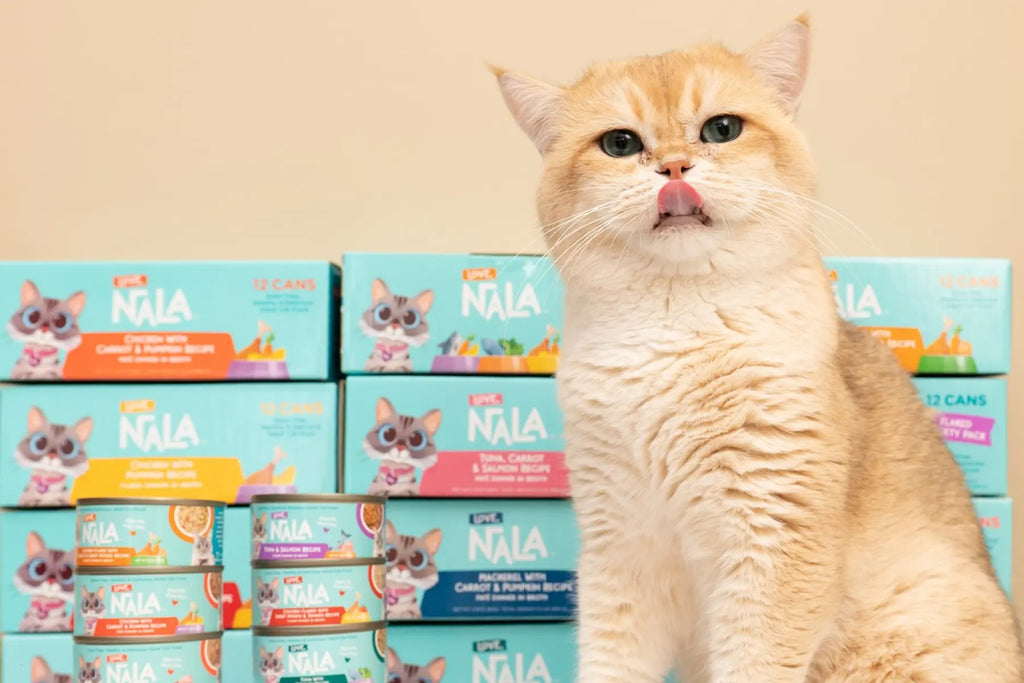Choosing the right food for your cat is crucial for ensuring they lead a healthy, vibrant life. The decision between dry and wet food can significantly impact their overall health. Best canned cat food provides a balanced diet with higher moisture content, which is beneficial for cats' hydration needs. Moreover, canned food can offer a variety of flavors and textures that might be more appealing to picky eaters, ensuring they get the nutrients they need without too much fuss.

Hydration Benefits of Canned Cat Food
Higher Moisture Content
Canned cat food typically contains 70-80% moisture, significantly higher than the 10-12% found in dry kibble. This high moisture content is crucial as cats do not naturally have a strong drive to drink water. Providing canned chicken for cats or other wet food varieties helps ensure they ingest sufficient fluids daily, supporting overall hydration without relying solely on their drinking habits.
Preventing Urinary Tract Issues
Wet cat food’s moisture content naturally aids in the prevention of these conditions. Regular consumption of the best-canned food for cats helps dilute the urine and promotes more frequent urination, which aids in flushing out toxins and reducing the risk of crystal formation in the urinary tract, which can lead to serious health complications.
Kidney Health and Hydration
Kidney disease is a prevalent issue in cats, particularly as they age. The moisture in canned cat food plays a vital role in supporting kidney function by helping to maintain proper hydration levels. Adequate hydration is critical for kidney health, as it helps to manage and slow the progression of kidney disease, making the best canned wet food for cats an excellent dietary option for maintaining renal health.
Nutritional Advantages of Canned Cat Food
High-Protein Content
Canned cat food is often richer in animal proteins compared to dry food, which is crucial for a cat's health. Proteins are essential for building and maintaining muscle tissue and support overall growth and bodily functions. High-protein canned cat food provides a diet that closely mimics what cats would naturally eat in the wild—primarily meat. This can lead to better health outcomes and more energy for cats of all ages.
Essential Vitamins and Minerals
When considering the best dietary options for your feline friends, canned cat food offers a range of benefits that go beyond simply satisfying hunger. Below is a list of some of the key vitamins and minerals found in high-quality canned cat food:
- Vitamin A: This vitamin is crucial for maintaining good vision, healthy skin, and a lustrous coat. A deficiency in Vitamin A can lead to vision problems, poor skin and coat quality, and a greater susceptibility to infections. Providing your cat with sufficient Vitamin A can help prevent these issues and contribute to overall health and vitality.
- Taurine: An essential amino acid that is not synthesized naturally by felines, taurine is crucial for several critical bodily functions. It supports heart muscle function, enhances vision, aids digestion, and helps maintain a healthy immune system. A lack of taurine can lead to serious health issues, including heart diseases and vision degradation, which underscores the importance of this amino acid in your cat’s diet.
- Calcium and Phosphorus: These minerals are essential for the development and maintenance of strong bones and teeth in cats. They work synergistically—calcium aids in the formation of bones while phosphorus ensures proper bone and tooth durability and growth. An imbalance or deficiency in either mineral can lead to health issues such as weak bones or dental problems.
- Iron: Iron is vital for the formation of hemoglobin, the molecule in blood cells that carries oxygen throughout the body. Adequate iron levels prevent anemia and support overall energy and vitality. Without sufficient iron, cats can become lethargic, have weakened immune systems, and experience other health impairments.
By choosing high-quality canned food, you can help your cat maintain optimal health through a well-rounded diet that supports all their bodily functions. As with any dietary choice for pets, it's essential to consult with a veterinarian to tailor your cat’s nutrition to their specific needs, ensuring they receive the right balance of nutrients to support their health requirements.
Maintaining Lean Muscle Mass
As cats age, maintaining lean muscle mass becomes increasingly important. Muscle atrophy can be a significant issue, particularly in senior cats. The high-quality animal proteins found in canned salmon cat food and other wet food varieties help ensure that cats maintain muscle mass and strength. This type of diet supports their mobility and physical health, which is vital for their overall quality of life as they grow older.
Best Canned Cat Food for Different Life Stages
Choosing Canned Food for Kittens
When selecting the best-canned kitten food, it's essential to focus on products specifically formulated for kittens' growth and development needs. Kittens require more protein, calories, and essential nutrients such as calcium and phosphorus compared to adult cats to support their rapid growth and high energy levels. The best-canned food for kittens is designed to meet these nutritional demands with a finer texture that makes it easier for young cats to eat and digest.
Best Canned Adult Cat Food
For adult cats, the ideal canned adult cat food blends taste with nutritional benefits. It should contain adequate protein to sustain muscle mass, omega fatty acids for coat and skin health, and minimal fillers to prevent unnecessary weight gain. The selection of adult cat food should also consider any specific health issues the cat might have, such as hairball control, urinary tract health, or dietary sensitivities, tailoring the choice to help manage these conditions effectively.

Top Brands and Flavors of Canned Cat Food
Quality and Purity of Ingredients
Top brands prioritize sourcing high-grade, natural ingredients to ensure that the food is not only safe but also advantageous for a cat’s health. This involves choosing meats, fish, and vegetables that are obtained through responsible practices and are devoid of harmful chemicals, additives, or preservatives. Such stringent quality control measures in the production process help to maintain the nutritional integrity of the food. The result is a product that not only appeals to the taste preferences of cats but also supports their nutritional needs effectively. The emphasis on quality and purity helps in preventing health issues related to poor diet and ensures that the cat food contributes to the overall well-being and vitality of pets.
Canned Chicken for Cats
When selecting the best-canned chicken for cats, it is advisable to opt for products that list chicken as the first ingredient, indicating its predominance in the composition. Brands that use minimal and clear ingredient lists help assure consumers of the product’s quality and safety. These products avoid complex additives and focus on the essential nutrients that benefit a cat's health. Regular consumption of high-quality canned chicken can help sustain the cat’s energy levels and support their metabolic functions, making it a wholesome choice for feline dietary needs.
Canned Salmon Cat Food
Salmon is particularly valuable for cats that exhibit allergies or sensitivities to more common protein sources such as beef or chicken. When choosing salmon cat food, opting for products that utilize wild-caught salmon can be more beneficial due to the lower risk of pollutants and higher nutritional content. The presence of omega-3 fatty acids in salmon helps in reducing inflammatory responses and enhancing cognitive functions. This makes canned salmon an excellent dietary option for cats, supporting not only their physical health but also their mental well-being.
Practical Tips for Incorporating Canned Cat Food
Portion Control
Proper portion control is essential when feeding your cat canned food to maintain their health and prevent issues like overeating and obesity. Generally, the packaging of the best-canned cat food provides feeding guidelines that can be adjusted to suit your cat's specific health requirements and lifestyle.
Transition Strategies
Introducing canned food into your cat’s diet should be a gradual process to ensure it is well accepted and does not disrupt their digestive system. Here are some effective strategies to help with this transition:
- Mix Gradually: Start by adding a small amount of canned food to your cat’s regular dry food. This lets your cat get used to the new texture and taste without overwhelming them. Over the next two to three weeks, slowly increase the proportion of wet food while decreasing the dry food. This gradual change helps minimize any gastrointestinal discomfort and allows your cat to adjust to the new diet at their own pace.
- Warm It Up: Cats have a natural preference for food that mimics the temperature of their prey, which is around body temperature. Warming the canned food slightly can enhance its smell, making it more enticing. This can be particularly helpful for finicky eaters or older cats who may have diminished senses of smell and taste. Be sure to stir the food thoroughly to avoid hot spots that could burn your cat’s mouth.
- Consistent Meal Times: Establishing a routine can greatly aid the transition process. Serve the wet food at the same times each day. This consistency helps your cat adjust to the new feeding schedule and reinforces their natural circadian rhythms, which can make them more likely to eat when food is offered.
- Use Familiar Flavors: Initially choosing canned food that has similar flavors to your cat’s current dry food can make the transition less daunting. Cats are often neophobic to new foods, so starting with familiar tastes can ease their hesitation. Once your cat is comfortably eating the wet food, you can gradually introduce more diverse flavors and textures to their diet.
It's essential to tailor the transition to your cat's specific needs and preferences to ensure a smooth switch. By following these strategies, you can help your cat enjoy their new diet without stress.
Frequency and Serving Sizes
When considering the ideal frequency and serving sizes for feeding canned cat food, it is vital to tailor the approach based on individual factors specific to each cat. The frequency of feeding should generally adhere to a twice-daily schedule, with meals provided in the morning and evening. This mimics a cat's natural predilection for hunting at dawn and dusk, therefore supporting their instinctual behaviors while also promoting a healthy metabolism and digestion. The amount of food per serving depends largely on the cat’s age, health status, and level of activity. Kittens and young cats, with their higher energy needs, often require more frequent feedings or larger portions compared to older, less active cats. As always, consulting with a veterinarian can provide guidance tailored to the specific needs of your cat, ensuring that their dietary requirements are appropriately met. Additionally, it is important to consider the type of canned food, as calorie content can vary significantly between different brands and formulations.
Monitoring Your Cat's Health
Implementing a diet of canned cat food necessitates vigilant monitoring of your cat's health to measure its impact and effectiveness. Key indicators to watch include changes in weight, energy levels, and general behavior, which can provide insight into how well the diet suits your pet. An increase or decrease in appetite, variations in digestive function, and changes in the frequency or quality of waste elimination are significant signs to consider. Such observations can help determine if the current dietary regimen is beneficial or if modifications are needed to better meet nutritional needs.

Regular veterinary visits are crucial in this process, offering professional evaluations of your cat's health status and dietary suitability. These check-ups help ensure that any nutritional deficits are addressed, and health issues are identified and treated early. By maintaining a close watch on these aspects, you can ensure your cat enjoys a healthy, active life on their new diet, avoiding common pitfalls that might otherwise compromise their well-being.
While the advantages of canned cat food are clear, it is also important to consider cost and accessibility when selecting the right product. Fortunately, there are a variety of brands that offer high-quality canned cat food at reasonable prices. To find the best value, compare products based on ingredient quality, protein sources, and customer reviews. Purchasing in bulk or subscribing to delivery services can also reduce the cost over time. Remember, investing in good quality cat food can potentially save money on veterinary bills by keeping your cat healthier longer.
